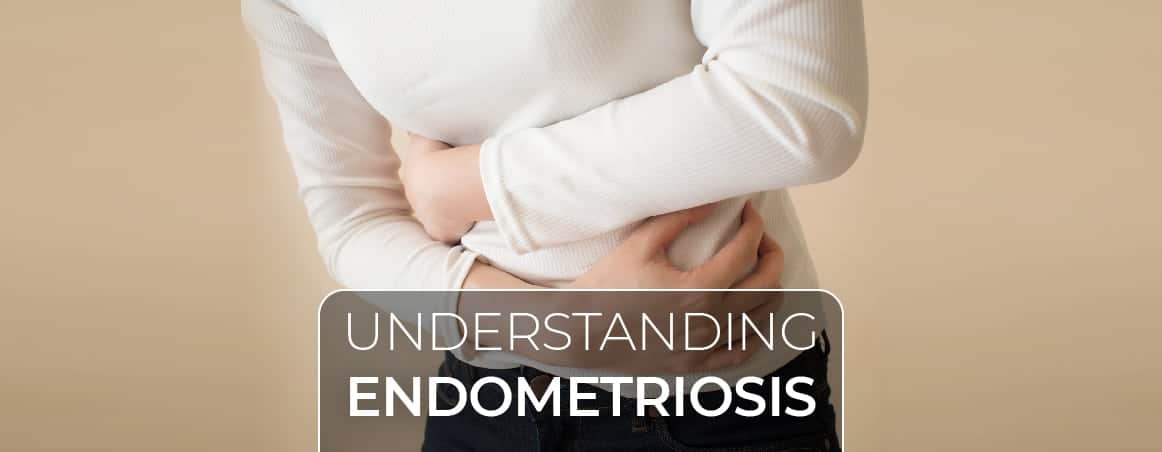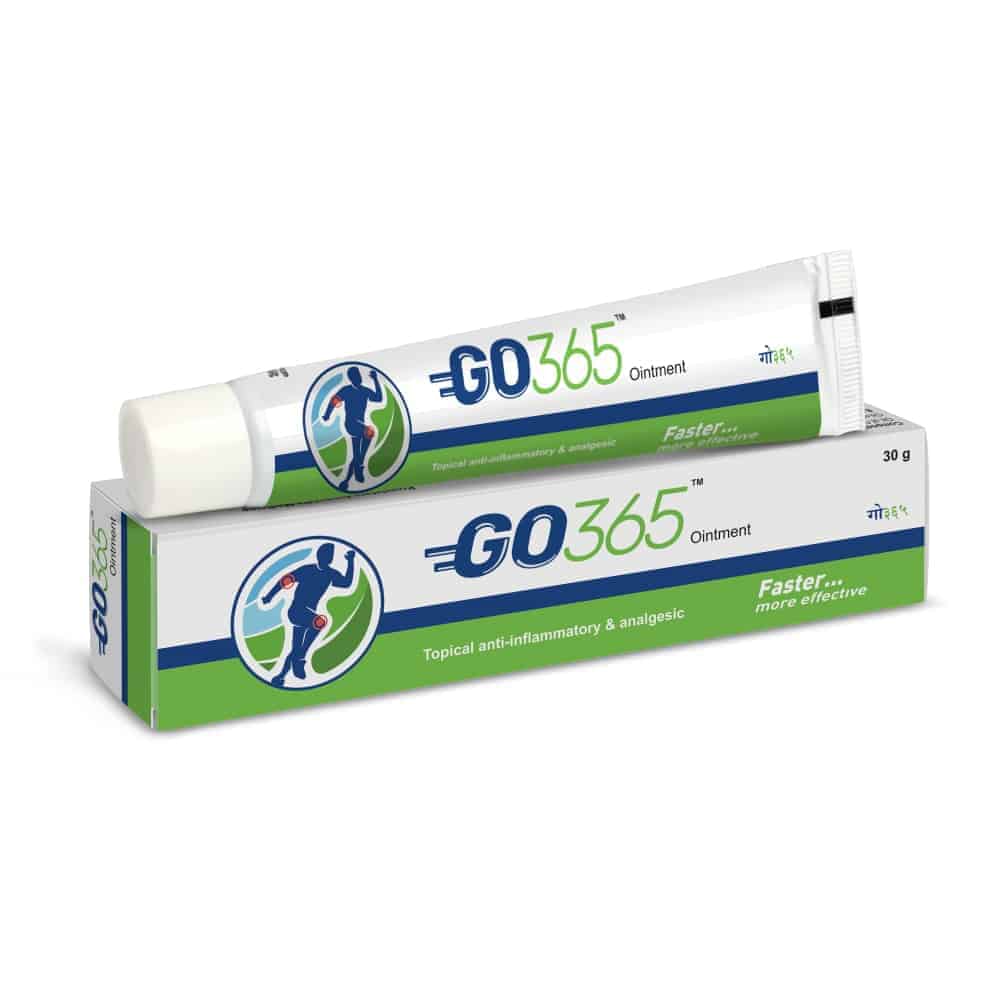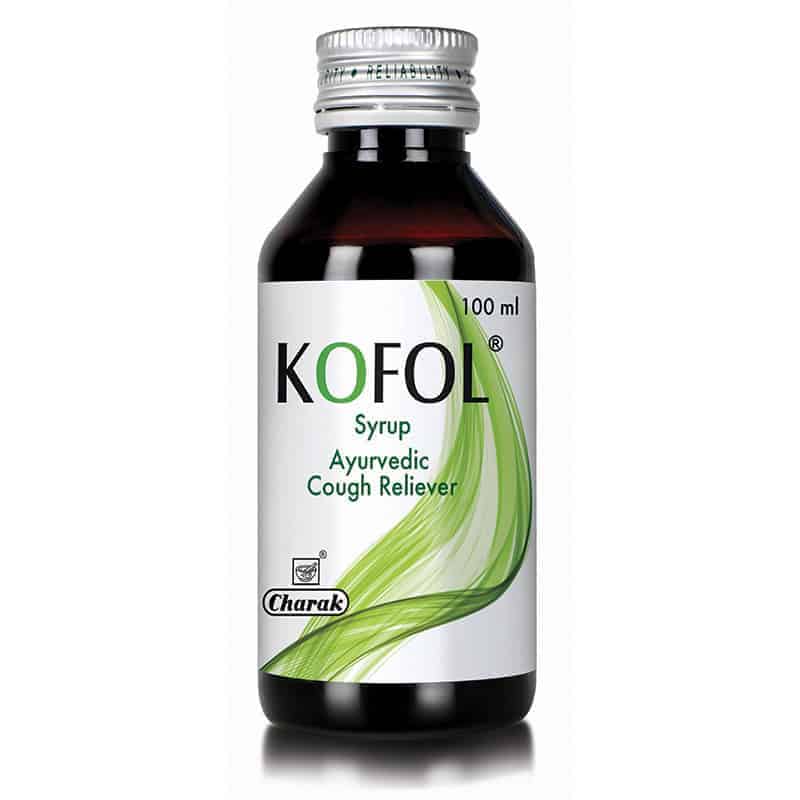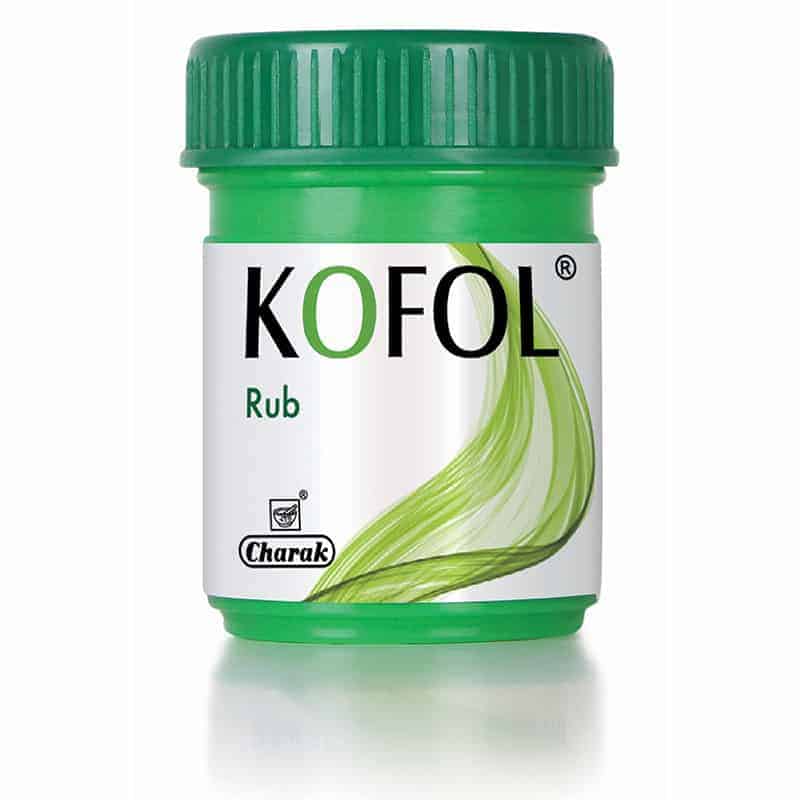Endometrium is a tissue lining inside the uterus. Every month, with each menstrual cycle, this endometrium becomes thick, and if a woman does not get pregnant, it breaks down and some part of it bleeds. Endometriosis is condition in which the endometrium grows outside the uterus. Endometriosis most commonly affects ovaries, fallopian tubes and pelvis. Rarely, endometrial tissue can grow outside the pelvic organs.
In endometriosis, although not at a regular place, the endometrial tissue follows its normal routine. It becomes thick, it breaks down and some part of it bleeds as a part of monthly menstrual cycle. When it breaks down, it has no way to exit your body, it gets trapped. When endometriosis involves the ovaries, it can lead to the formation of cysts known as endometriomas. It causes irritation of neighboring tissue, which then eventually develops scar and adhesions.
Symptoms of endometriosis
The initial symptom of endometriosis is pain in the pelvic region, during the menstrual period. Normally, a lot of women experience cramps during their menstrual period, but it is worst for women suffering from endometriosis. The pain increases over time.
Some of the common signs and symptoms are:
- Dysmenorrhea (Painful menstrual periods)
Pain in the pelvic region can start before the menstrual period and extend for several days. There can be lower back pain and abdominal pain.
- Pain while passing urine, and during bowel movements
- Painful intercourse
Pain during or after sex is common in endometriosis
- Heavy periods/ excessive bleeding
- Infertility
- Some other symptoms are: tiredness, diarrhea, constipation, bloating or nausea, particularly during menstrual periods
Symptoms vary from person to person. Some women have intense pain, while others may have little or no pain at all.
The exact cause of endometriosis is still not known.
Treatment of endometriosis
- NSAIDs (Nonsteroidal anti-inflammatory drugs)
To relieve pelvic pain and cramps
- GnRH analogs (Gonadotropin-releasing hormone analogs)
This creates artificial menopause, thereby limiting and preventing from the symptoms
- Birth control pills (oral contraceptives)
Birth control pills manage hormonal levels (of estrogen and progestin), which makes the menstrual period shorter and lighter. This gives relief from the pain of endometriosis.
Ayurvedic treatment for endometriosis
Try ENDOTONE – an efficacious formulation for endometriosis, by Charak Pharma, experts in Ayurveda for over 70 years. Endotone stops the surge of endometrial cells. Endotone consists of herbs such as Musta, Haridra, Lodhra, Ashwagandha, Yashtimadhu, Mandukparni etc. These herbs reduce dysmenorrhea, pain and inflammation. ENDOTONE improves the hormonal balance, reduces the cramps, preserves fertility, and improves the quality of life.
Certain lifestyle changes that help are:
- Sleep well
Lack of sleep can affect endocrine system, which then creates hormonal disturbances
- Exercise
Exercise reduces the excessive estrogen in the body. Exercise should be an integral part of your life
- Maintain healthy weight
Many women suffering from endometriosis are overweight. They must reduce weight, with the help of healthy diet and exercise.
- Diet
Include fresh fruits, vegetables, and nuts in your diet. Increase the intake of fiber
- Avoid alcohol
Drinking will only make the symptoms worse
- Avoid stress
Try relaxation techniques, like yoga or meditation
Taking ayurvedic medicine along with diet and lifestyle changes will help you get relief from the symptoms of endometriosis.







